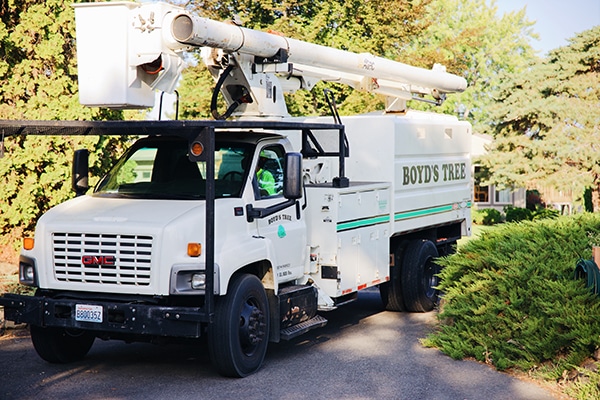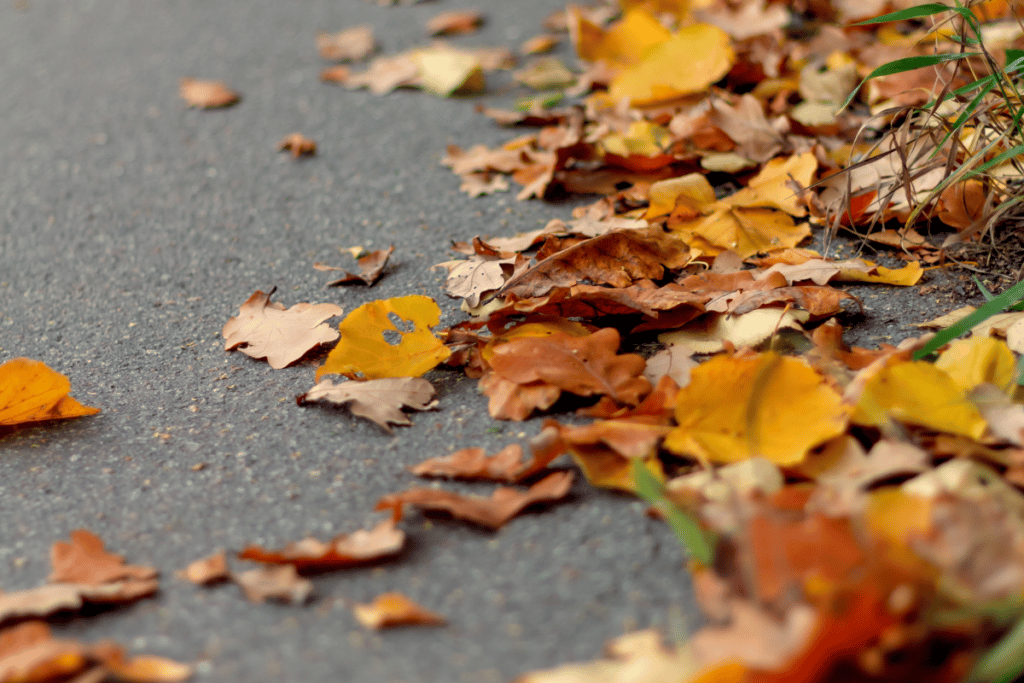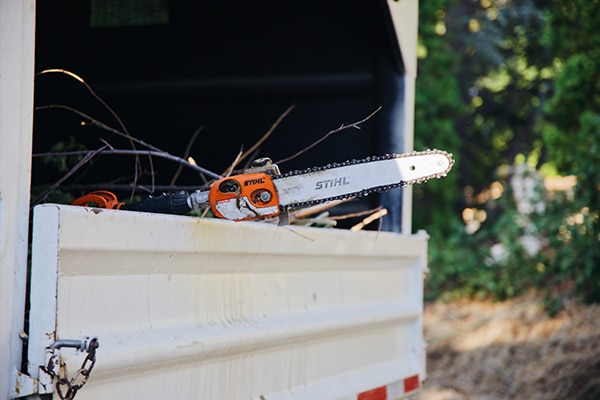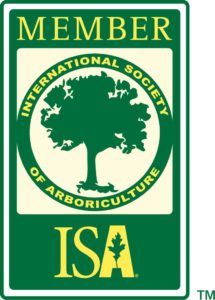When to Hire a Professional Tree Remover
Trees bring an element of natural beauty and elegance to a yard. They also provide us with many environmental benefits and strike the right balance in the ecosystem.
But there are times when a tree is damaged, diseased or no longer living that it poses a real threat to your property and to people. That is the time to call on a professional tree remover.
There are certain tree warning signs to look for that will indicate that your tree may need to be removed. In this blog space, we will delve into the specific tree warning signs that tell you tree removal may be the only viable option.
Signs that Tell You It’s Time to Have a Tree Removed
Your Tree is Dying
Trees that are dying usually draw a huge number of pests like termites and wood-boring beetles that eat wood. Additionally, the structural integrity of these trees is compromised by the dry, dead wood. The danger lies is that tree likely will at some point fall on someone or your house.
If your tree is already dead – meaning it is no longer blooming – it might also appear rotted, decayed and dry. It is dangerous to have a dead tree in your yard. Again, it could topple and crush you, someone you love, or your home.
This is the time to have your tree taken away by a professional tree remover.
Your Tree is Diseased
Spotting a tree that is sick can sometimes be challenging because a tree could look healthy on the outside but be damaged by disease on the inside. The problem lies in the fact that tree diseases have the potential to severely weaken your trees, making them vulnerable to falling down. They might even spread their disease to other plants in your yard.
In some cases, you may be able to prune the diseased branches and that could help the tree. But there are other circumstances when the disease has affected the tree too much to be saved. The safest course of action is to have an arborist look at your diseased tree. Unfortunately, by the time you notice a tree is diseased, it is probably too late to save it.
There is a good chance that you will need to call a professional tree remover for a diseased tree.
Excretion of Seeds
If you have a tree that is excreting seeds or needle-like materials, it is another tree warning sign that it will probably need to be removed. This yellowish material from the excreted seeds can be observed around the roots of a sick tree.
Root Decay
You know your tree is likely suffering from root decay if it is leaning or appears unstable. Root damage is one of the main causes of leaning trees. You will also notice dead branches if your tree has root decay.
In a situation where a tree is damaged, you will likely notice the tree begin to die or rot. The tree will start to lean and dead branches could put people in jeopardy and endanger structures. That is the time to call a professional tree remover.
Cracks in Tree Bark
Another of the tree warning signs to take note of are cracks in the bark. These would be large, longitudinal cracks. It is especially a bad sign if the cracks are located in the middle of two opposite facing branches.
If you experience a major storm with accompanying strong winds, your tree will probably not be able to withstand the pressure. What’s worse, your tree might crack or split further, increasing the chance that it topples.
You will want to contact a full-service tree care company. There is a possibility that you will need this compromised tree removed from your yard.
Branches Lacking Buds
If you see limbs on your tree that do not have buds, that is a sign your tree may be dying. One indication of decaying buds is that they are brittle and easily breakable.
You can partially prevent serious disease by having your buds inspected periodically so you can stop a disease from reaching the trunk. This is when a tree care company can step in and take care of the matter.
Exposed Roots
Exposed roots can be potentially dangerous for a number of reasons. For example, they cause a tripping and falling hazard. If you notice the roots of your trees are very exposed, you should call a tree care service company.
When you see exposed roots, it is likely the tree will soon begin to lean, if it isn’t already. Your tree is no longer structurally sound, which poses an immediate safety hazard.
An arborist can diagnose your tree, assess its stability, and decide if it will need to be removed.
Cavities on Tree Trunks
A tell-tale sign that your tree might need to be removed is if you notice holes forming in the trunk. This could indicate that your tree is not healthy. These holes are referred to as cavities. These cavities mean your tree is distressed.
The common interpretation of cavities in the trunk is that the tree is beginning to decay. It might also mean that insects are infecting your tree. You also want to be on the lookout for cavities combined with mushrooms or fungi on your tree.
If you spot mushrooms and fungus on your tree, it probably means it is sick. An arborist will be able diagnose your tree.
Proximity to Pedestrians
If you have a tree that is too close to a sidewalk or walkway, your best option may be to call a professional tree remover. This also applies to close proximity to powerlines and streets. You don’t want to risk pedestrians getting injured or worse from falling branches or even a toppled tree. There is also the concern about property damage to vehicles and neighbors’ homes.
Let Boyd’s Tree Service Help Keep Your Trees Healthy and Thriving
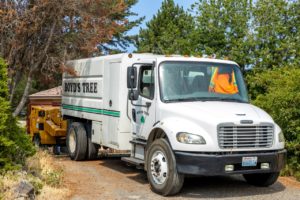
At Boyd’s Tree Service, we are a full-service tree and stump removal business that serves the Tri-Cities and surrounding areas. Boyd’s Tree Service is a fully insured and bonded tree removal contractor with many years of experience with tree care and tree removal.
You’ll find that at Boyd’s Tree Service – comprised of fourth-generation tree men – we provide the most comprehensive tree care. We take pride in enhancing the well-being, beauty and aesthetics of your trees.
If you live in the Tri-Cities and surrounding areas and you would like more information about our tree services, or to schedule an appointment, we invite you to call Boyd’s Tree Service at (509) 585-4194.

